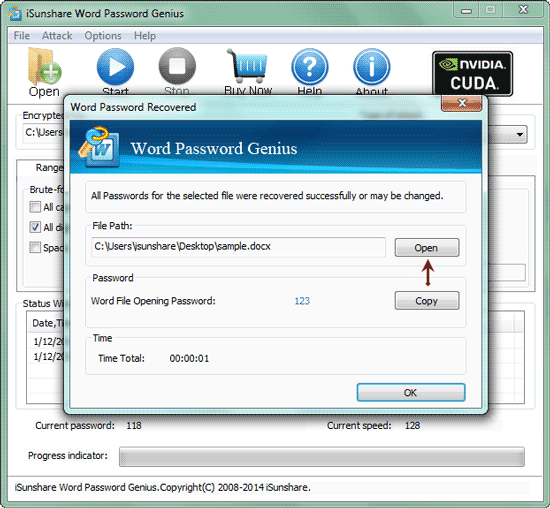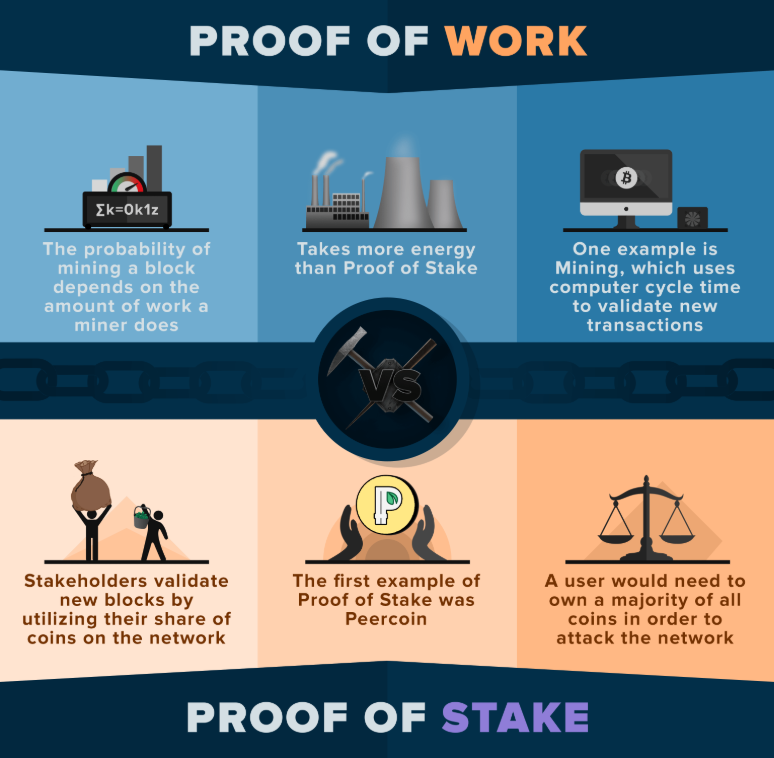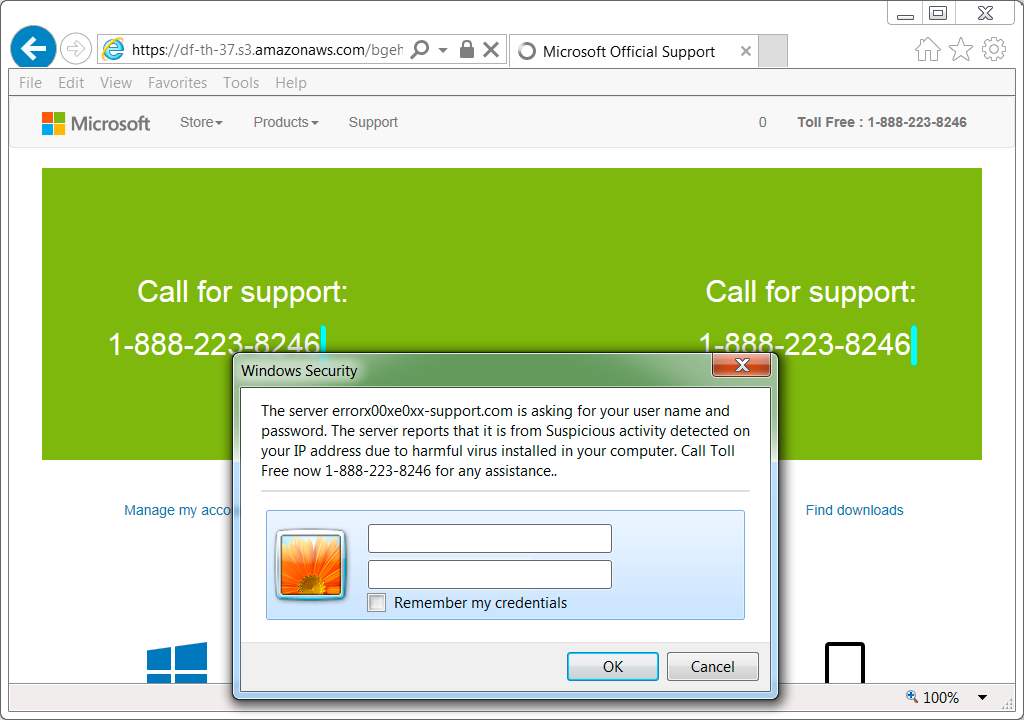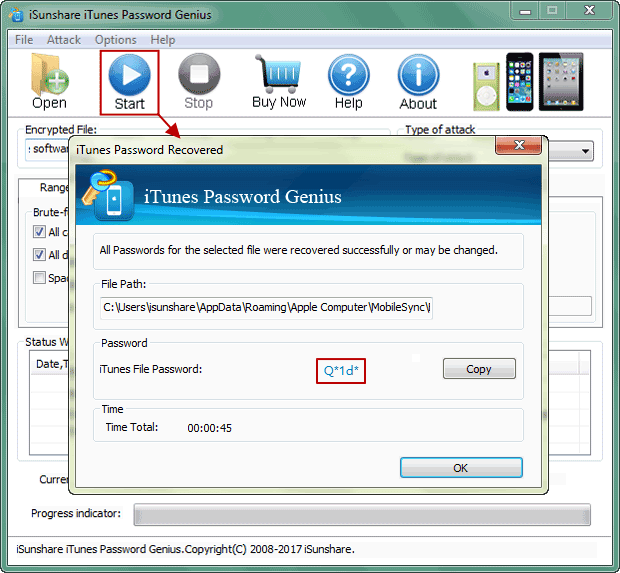
A securityĪnalyst walks the user through an installation of Wireshark and getĪ five-minute pcap to analyze. Wireless network when working at a local coffee shop. Q5-A user reports constant lag and performance issues with the Which of the following is the security analyst observing? Q4-A security analyst is reviewing logs on a server and observes Ransomware is communicating with a command-and-control A hacker is attempting to exfiltrate sensitive dataĭ. A bot on the computer is brute forcing passwords against aĬ. The end user purchased and installed a PUP from a webī. Which of the following is the MOST likely cause of the issue?Ī. The only recent logĮntry regarding the user's computer is the following: Ten-digit number to an IP address once a day. During an investigation, an analystĭetermines the system is sending the user's email address and a Q3-An end user reports a computer has been acting slower than Q2-After entering a username and password, and administrator Of the following biometrics will MOST likely be used, without the Travel, the more accurately the service will identify them. Processes while still allowing authorities to identify passengers Machine-learning techniques to eliminate biometric enrollment Manifests, and high-definition video feeds from CCTV systems thatĪre located at the ports. Will use data feeds obtained from passport systems, passenger Use at the entry and exit ports of country borders. Q1-An organization is developing an authentication service for *Please answers all or leave it to another expert* Fortunately, I managed to get it after cooling off.** Please with an explanation if possible ** Submit your flag in this format: TISC.Īs a newbie to steganography, I felt that this level was the most “CTF-y” and actually got stuck for two days hunting flag 1 and ragequit for a while. We’ve sent the following secret message on a secret channel. I warmed up on basic forensics and steganography challenges. You should definitely read levels 8-10, but honestly every challenge from level 3 onwards is interesting. You may want to skip the earlier levels as they were fairly basic. What distinguished TISC from typical CTFs was its dual emphasis on hacking AND programming - rather than exploiting a single vulnerability, I often needed to automate exploits thousands of times. I took away important lessons for both CTFs and day-to-day red teaming that I hope others will find useful as well.



Since I could only unlock each level by completing the previous one, I forced myself to learn new techniques every time.

While I considered myself reasonably proficient in web, I stepped way out of my comfort zone tackling the broad array of domains, especially as an absolute beginner in pwn, forensics, and steganography. Levels 8 to 10 combined multiple domains and each one felt like a mini-CTF. I spent more than a hundred hours cracking my head against seemingly impossible tasks ranging from web, mobile, steganography, binary exploitation, custom shellcoding, cryptography and more. I placed 6th in the previous TISC and wanted to see what difference a year of learning had made. However, since I was playing for charity, I was more interested in testing my skills, particularly in the binary exploitation domain.
#Pop pass brute force pcap wireshark full#
For example, if there was only one solver for level 10, they would claim the full $10,000 for themselves. Participants unlocked the prize money in increments of $10,000 from level 8 to 10, with successful solvers splitting the pool equally. As you would expect, the prize pool grew accordingly - instead of $3,000 in vouchers in 2020, it was now $30,000 in cold hard cash. Now with two weeks and 10 levels, the difficulty and variety of the challenges greatly increased. This format created a big departure from last year’s iteration ( you can read my writeup here), which was a timed 48 hour challenge focused primarily on reverse engineering and binary exploitation. From 29 October to 14 November 2021, the Centre for Strategic Infocomm Technologies (CSIT) ran The InfoSecurity Challenge (TISC), an individual competition consisting of 10 levels that tested participants’ cybersecurity and programming skills.


 0 kommentar(er)
0 kommentar(er)
